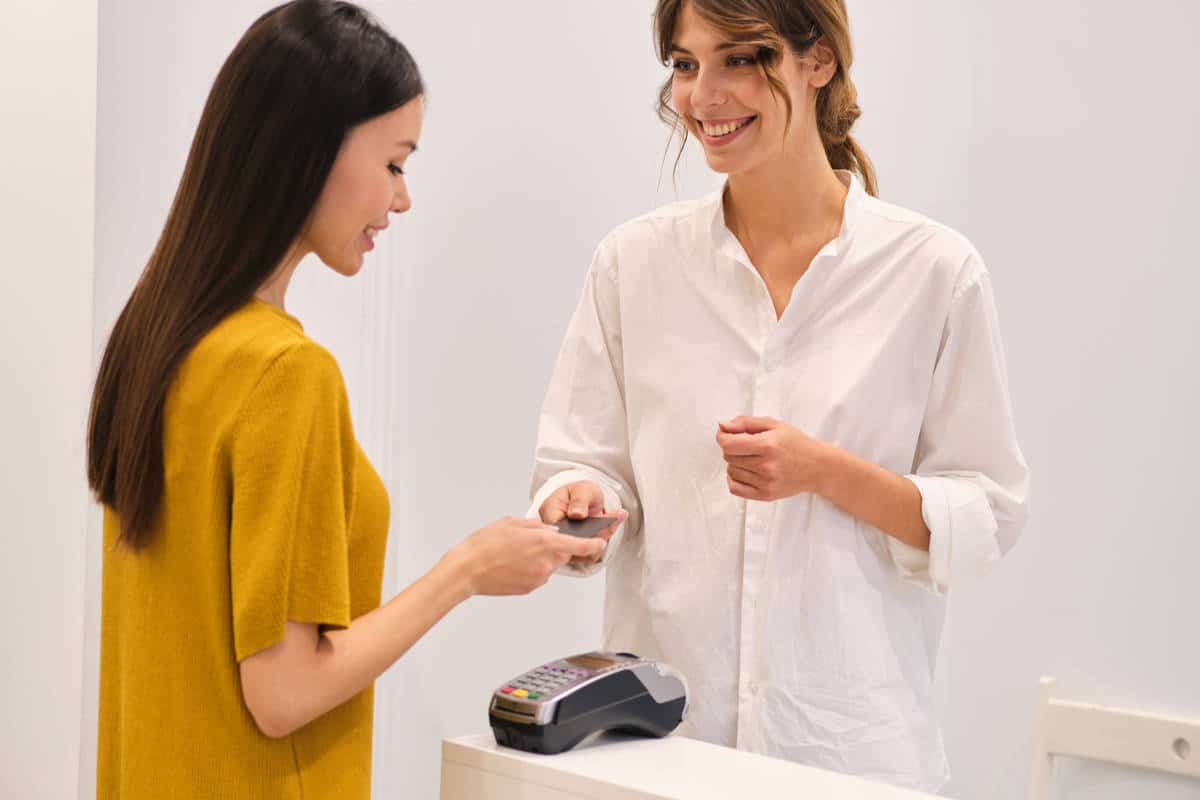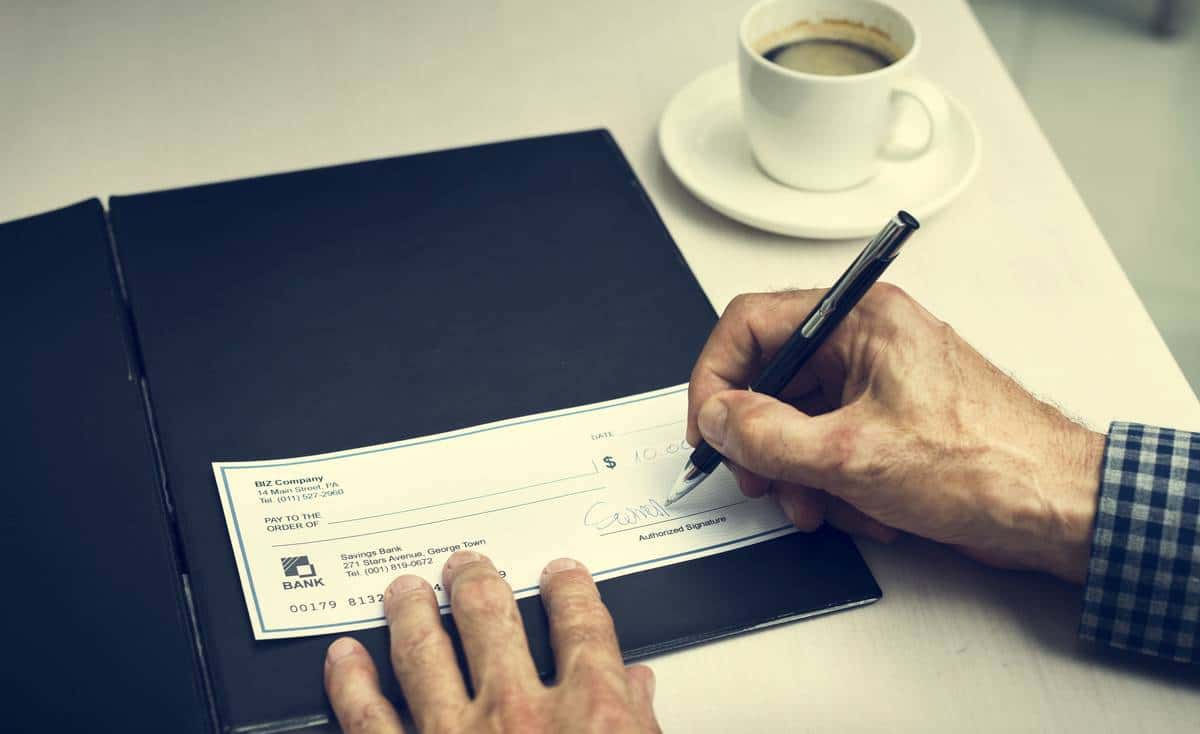
The 3 Most Unaccepted Payment Types Causing Frustration at Brick and Mortar Stores
How many forms of payment do you accept? Are you taking the right ones?
According to an independent market research study commissioned by Weave, only 16% of small businesses offer more than three forms of payment. Yet, this same study found that when companies give their customers more ways to pay, their revenue increased by 29%!
As a leader in digital payments, we have done extensive research about how payment options can boost sales and increase conversions. Though it may seem that simply giving customers more ways to pay wouldn’t have such a drastic effect on revenue, we found data supporting this increase.
Not only is having more payment options convenient for your customers, but it also provides them with the freedom and flexibility to choose the type of payment that works best for them.
Despite overwhelming evidence that accepting more forms of payment is beneficial to businesses of all sizes, some companies continue to resist.
3 Most Commonly Refused Payment Types
By accepting forms of payment that other companies refuse, you can set yourself apart in your industry and become a leader in customer service and convenience.
Given that 41% of customers avoid certain stores because they don’t accept the right payment type, it’s a good idea to see how much money you could be leaving on the table by not allowing these forms of payment:
1. Credit Card
Intuit estimates that 55% of small business owners don’t accept credit cards, mostly due to the fees. This logic, however, is flawed.
Granted, no one likes giving away 1.4% to 3% of their revenue to a payment processing company, but if you change the way you look at these fees, you might reconsider. Though these transaction fees seem high, the convenience that credit cards afford your customers should influence you to view the percentages as a minor cost of doing business.

You could also look at this way: how much money do you lose by not accepting credit cards?
Our survey found that 41% of customers avoid stores that don’t take their preferred payment type, and this usually refers to credit cards.
By not wanting to part with up to 3% of a transaction, you could be missing out on the customer’s business altogether!
Your next thought might be to charge a fee for your customers to use a credit card. However, we found that 71% of customers try to avoid businesses that charge them for using their cards. Again, do you want to miss out on an entire transaction just because you don’t want to absorb a small fee?
Many businesses choose to pass on credit card processing fees to their customers, and this is an option if your margins genuinely don’t support forking over up to 3% of your credit card revenue. About 25% of small businesses go this route.
Surprisingly, customers assume that these fees are already being passed on to them. Even though 25% of businesses build in their processing fees to the cost of a product or service, 75% of customers assume that their providers are already doing this!
Credit cards aren’t only about convenience. They also give your customers the power of choice, and they can increase your average order value (AOV). Here’s how:
- Because a customer can delay payment and pay over time with a credit card, they are more likely to buy an expensive product or service that they otherwise might not have been able (or willing) to pay for with cash upfront.
- Customers are better able to budget by having the option to put a purchase on a credit card. If they are strapped for cash or feel uncomfortable parting with a large sum all at once, they can use a credit card and structure their payment on their own terms. As a business owner, you still get all the money at the time of the transaction.
- Credit cards give customers a sense of security. Instead of having to bring a large bundle of cash to your business, they can carry a piece of plastic that can be used to pay for your goods or services.
2. Check
Many small businesses prefer not to take checks because they pose a security risk. If the check bounces, then you don’t get any money, and you could even be subject to additional fees. Assigning your staff collection duties can potentially help you recover those funds, but it’s also a drain on your hourly resources.
Still, many customers prefer writing checks. If your average transaction value is high, a customer might prefer to write a check instead of using cash.

Further, older customers might not have a credit card. About 70% of Americans have at least one credit card, which means that 22% of Americans don’t have one.¹
It’s not just older Americans that still write checks. According to one study, 42% of millennials still write checks! This number is even higher than the percentage of millennials that have video game consoles, which is 34%, by the way.²
By accepting checks, you give your customers more ways to pay, and you can avoid awkward conversations about not taking their preferred form of payment.
To protect yourself from bounced checks, we recommend the following:
- Post (and enforce) a bad-check policy. Have an office-wide policy that imposes a heavy fine for rubber checks. By being transparent that a customer would have to pay a large fee in addition to the amount of the check, it can deter people from writing checks that might bounce.
- Look for bad checks. With today’s advanced printing technologies, forging checks is easier than ever before. Some telltale signs of a fake check include non-perforated edges, shiny-looking checks, and inconsistent routing numbers.
For example, there should be three of four small-print numbers under the check number. The last three or four digits should match the routing number, which is at the bottom left of the check.
Another thing to look for is low check numbers, which indicates a new account that could have been set up specifically for fraud. There’s no magic number here, but typically checks under 125 are suspect and should be scrutinized carefully.
3. Mobile Payments
A mobile payment allows a customer to pay using a mobile device like a smartphone. Mobile payments can be divided into two groups:
Using a Digital Wallet Installed on a Smart Device
Digital wallets include services like Apple Pay, Google Pay, Samsung Pay, etc. Customers can use these wallets by installing an app on their phone, Fitbit, or smartwatch and then loading their banking or credit card information onto the app.

When it comes time to pay, they can tap or place their device on a payment terminal that’s enabled with this mobile payment technology (referred to as NFC or near-field communications), and their transaction will be processed instantly and securely.
Customers point to the speed and convenience of not having to dig through their wallets to locate a credit card. It also solves the problem of how to pay for something when you left your wallet at home.
And finally, many customers prefer mobile payments because they are more secure. Instead of the magnetic stripe or chip being compromised at a location, a customer has to use biometric data like a fingerprint in order for the payment to be approved.
Paying Via Text
Text to Pay is a relatively new payment method that allows a customer to pay you even when they’re not at your location. For businesses that offer a service that’s paid for in installments, this can be an effective way to streamline collections efforts while making it convenient for your customers to pay.
For example, if your business bills customers on a monthly or quarterly basis, you could send an automatic text message telling them that they have a balance. The customer could then click on a link that takes them to a secure payment portal. If their payment information is already stored, then that alleviates another step of having to find their credit card or checkbook and enter payment details. They could literally pay with one click!
Text to Pay is quickly becoming a popular payment method, with 35% of small business customers saying that they are interested in paying with a text from their phone. When the preferences of younger people are taken into account, that number more than doubles to 62%.
As Text to Pay becomes more widespread, you’ll begin to see customers actively seeking it out and avoiding businesses that don’t offer it. Already, 4% of customers have claimed that they were unable to complete their purchase at a brick and mortar store because they wanted to pay via text.
Conclusion
Are you ready to revamp your payment system and start offering the payment options that your customers want most? We launched Weave Payments in 2019 as a way to help small businesses provide a full suite of payment options. Schedule a live demo today to see Weave Payments in action.
Resources: